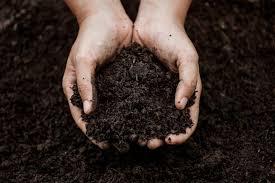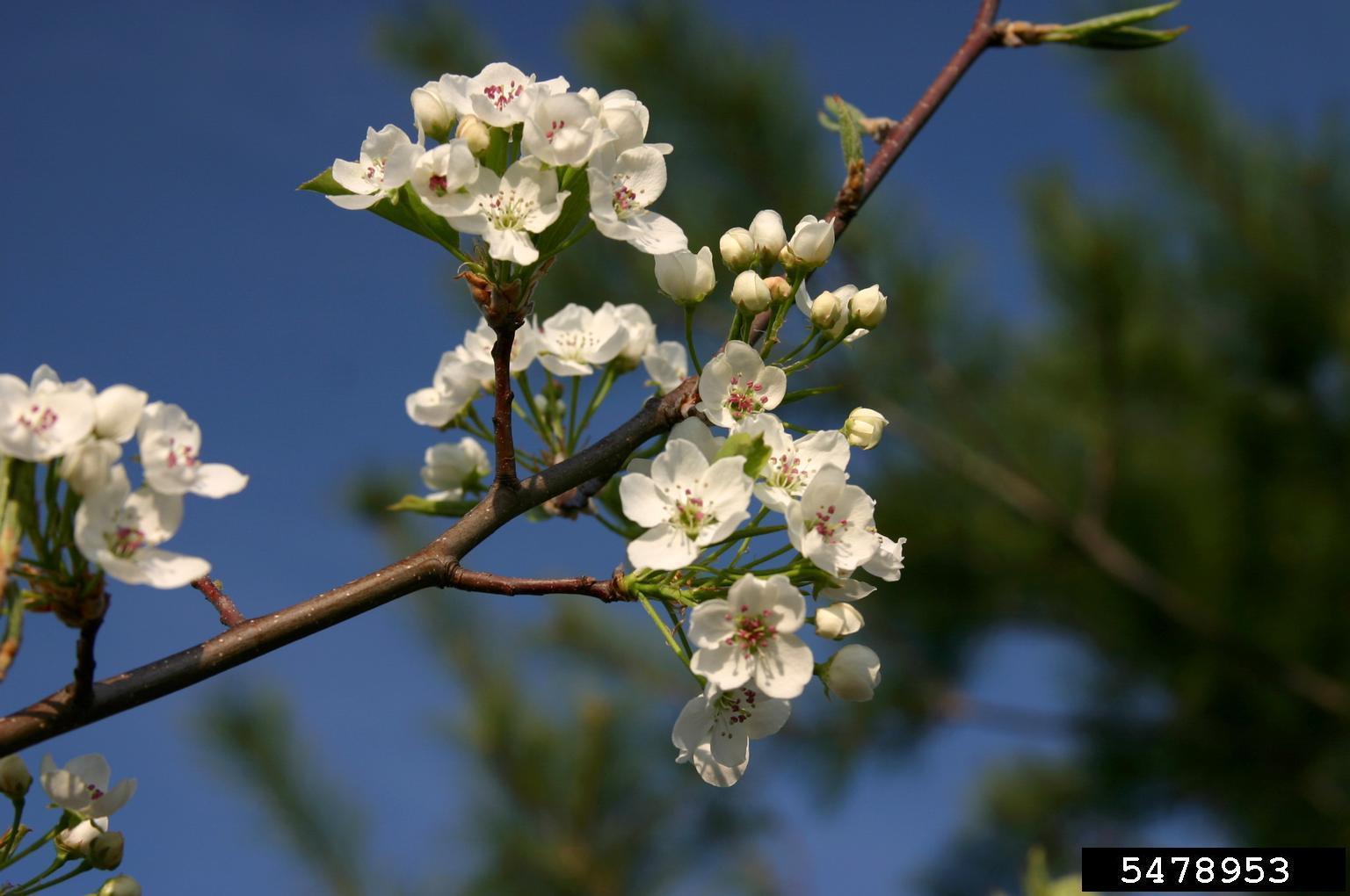Updated: January 31, 2024
Working on Solar Wiring and Fusing (EB-2023-0676)
This publication explores some of the essential considerations for wiring a solar PV system, including important requirements for voltage, ampacity, voltage drop, and circuit length. Safely size wires and overcurrent protection devices for proper system design. Author: Drew Schiavone, Ph.D., Title: "Working on Solar Wiring and Fusing" (EB-2023-0676)
Updated: June 28, 2023
Working on Solar Panels and Power Output (FS-2022-0646)
This fact sheet demonstrates how the average consumer, with a simple set of tools, can calculate the real-world capabilities of a solar panel. These skills are particularly important when identifying a defective solar panel and/or confirming the output of a solar panel when its output parameters are unknown. Author: Drew Schiavone, Ph.D.; Title: Working on Solar Panels and Power Output (FS-2022-0646)
Updated: January 20, 2023
Solar Panels are an Increasingly Common Sight on Urban and Rural Properties Across Maryland (EB-455)
In this report, we explore the historical trends, current status, and potential growth of Maryland’s solar photovoltaic (PV) market in terms of market share, use sectors, and current investments. Author, Drew Schiavone. Title: Solar Panels are an Increasingly Common Sight on Urban and Rural Properties Across Maryland (EB-455)
Updated: April 28, 2022
Manure as a Natural Resource: Alternative Management Opportunities (EB-420)
A new publication (EB-420) is available from University of Maryland Extension. Manure as a Natural Resource: Alternative Management Opportunities is written as an overview of some existing technologies. Many new ideas are proposed for the region, and understanding the science behind them is imperative to deciding which option you may want to follow.
Manure, as a source of organic matter and plant nutrients, is an excellent conditioner for soils. It is a component of agronomic production, cycling nutrients between soils, plants and livestock. However, in areas where limited land is available for application, excess soil nutrients can lead to water quality issues. Local restrictions on manure application necessitate finding alternative uses. The simplest method is to transport manure to nutrient-deficient land. Manure can be composted into a higher-quality fertilizer or have the nutrients extracted and sold separately. Manure also has an energy value, and where feasible, anaerobic digestion, pyrolysis, or gasification could be options.

